
Healthy 27/08/2025 23:52
The Hidden Magic of Fig Leaves: Nature’s Unsung Hero
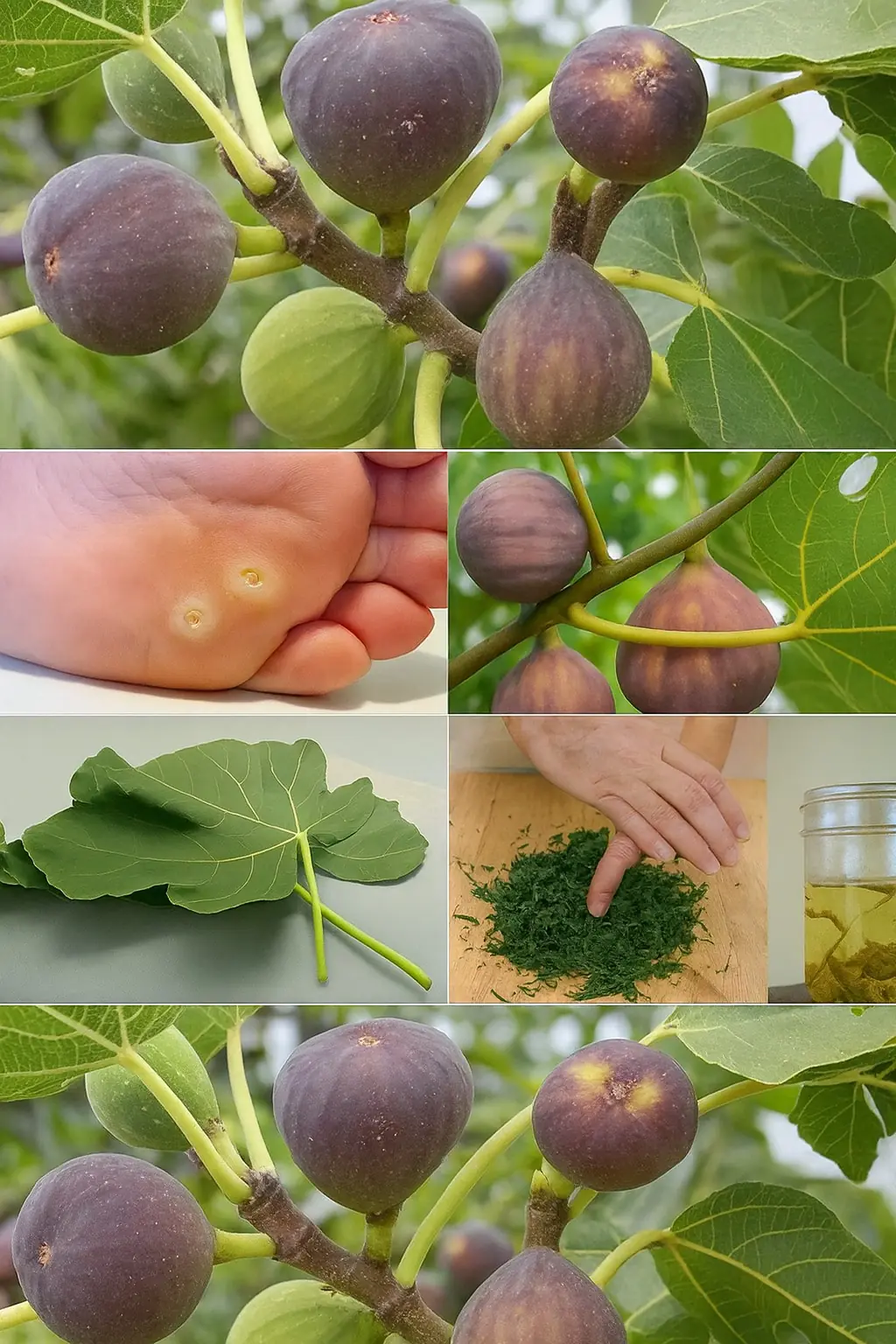
Have you ever bitten into a sweet, juicy fig and marveled at its delicate flavor? Most of us adore this ancient fruit, but there’s a secret hiding in plain sight—its leaves. Yes, the humble fig leaf, often overlooked, holds a treasure trove of benefits, stories, and surprises that will make you rethink this unassuming part of the tree. From ancient remedies to modern culinary wonders, fig leaves are far more than a backdrop to the fruit we love. Dive into this journey to uncover why fig leaves deserve their moment in the spotlight and how they can transform your life in ways you never imagined.
A Leaf Steeped in History and Symbolism 📜
Fig leaves have whispered through the ages, carrying stories that span cultures and centuries. In ancient times, they were more than just foliage—they were symbols of modesty, wisdom, and protection. Think of the biblical tale of Adam and Eve, where fig leaves became the first garments, shielding humanity’s vulnerability. In Greek mythology, fig trees were sacred to Dionysus, the god of wine and revelry, their leaves representing abundance and fertility. Even today, in Mediterranean cultures, fig leaves are woven into traditions, from wrapping foods to crafting natural remedies.
This rich history isn’t just a relic of the past. It invites us to see fig leaves as more than greenery—they’re a bridge to our roots, a reminder of nature’s enduring gifts. Imagine holding a leaf that has shaded pharaohs, inspired poets, and cradled the first fruits of civilization. Isn’t that a reason to pause and wonder what else these leaves can do?
Nature’s Pharmacy in a Single Leaf 💊
What if a single leaf could rival your medicine cabinet? Fig leaves are packed with compounds that have been used for centuries to heal and nourish. Rich in antioxidants, they help combat inflammation and protect your cells from damage. Studies have shown that fig leaf extracts can lower blood sugar levels, making them a natural ally for those managing diabetes. Their anti-inflammatory properties also soothe skin irritations, from eczema to sunburns, when used in teas or poultices.
But that’s not all. Fig leaves are a powerhouse of nutrients—calcium, potassium, and magnesium—that support bone health and muscle function. Drinking fig leaf tea, a tradition in many cultures, can aid digestion, ease respiratory issues, and even promote heart health by reducing cholesterol. Imagine sipping a warm cup of tea brewed from leaves that have been healing bodies for millennia. It’s like tapping into nature’s ancient wisdom with every sip.
A Culinary Secret Waiting to Be Discovered 🍴
Move over, basil and bay leaves—fig leaves are stepping into the kitchen, and they’re stealing the show. Chefs around the world are waking up to the unique flavor of fig leaves, which infuse dishes with a subtle, nutty sweetness and a hint of coconut. Wrap fish, chicken, or cheese in a fig leaf before grilling, and you’ll unlock a smoky, aromatic depth that transforms the ordinary into extraordinary. The leaves impart their essence without overpowering, making them a versatile addition to both savory and sweet creations.
Ever tried fig leaf ice cream? The leaves’ delicate flavor elevates desserts to a whole new level, offering a creamy, tropical note that lingers on the palate. Or how about a fig leaf-infused syrup drizzled over pancakes or cocktails? Home cooks are experimenting with fig leaf oils, vinegars, and even cocktails, turning backyard harvests into gourmet experiences. If you have a fig tree nearby, those leaves are your ticket to a culinary adventure that will impress even the pickiest foodie.
Sustainability and Versatility in Every Leaf 🌍
In a world increasingly focused on sustainability, fig leaves are a shining example of zero-waste living. Instead of discarding them, you can repurpose fig leaves in countless ways. They’re biodegradable, making them a natural alternative to plastic wrap for storing food. In some cultures, fig leaves are used as plates or wrappers, adding an eco-friendly touch to meals. Their durability and flexibility also make them a favorite for crafting, from natural dyes to handmade paper.
Fig leaves are also a gardener’s dream. They enrich compost piles, adding nutrients to the soil, and their natural compounds can deter pests when used as a mulch. If you’re looking to reduce your environmental footprint, fig leaves offer a simple, effective way to embrace sustainable practices without sacrificing style or function. Who knew a leaf could do so much for the planet?
The Science Behind the Magic 🔬
The power of fig leaves isn’t just folklore—science backs it up. Researchers have identified compounds like psoralen and bergapten in fig leaves, which contribute to their medicinal properties. These compounds have shown promise in treating skin conditions like psoriasis when used under medical supervision. Fig leaves also contain ficin, an enzyme that aids digestion and has antimicrobial properties, making it a natural defense against infections.
What’s more, fig leaves are being studied for their potential in modern medicine. Their antioxidant properties may play a role in preventing chronic diseases, while their ability to regulate blood sugar could lead to new treatments for diabetes. The next time you pass a fig tree, consider this: those leaves might just hold the key to breakthroughs in health and wellness.
How to Bring Fig Leaves into Your Life 🌱
Ready to embrace the magic of fig leaves? It’s easier than you think. If you have access to a fig tree, start by harvesting fresh, healthy leaves—look for vibrant green ones without spots. Wash them thoroughly and let them air dry. For tea, steep a few leaves in hot water for 10 minutes, strain, and enjoy. You can also dry the leaves for later use, preserving their flavor and nutrients.
In the kitchen, experiment with wrapping foods or infusing oils. For a simple start, try wrapping a piece of salmon in a fig leaf, bake it, and savor the unique flavor. If you’re feeling crafty, use dried fig leaves in homemade soaps or candles for a natural, earthy scent. The possibilities are endless, and each experiment brings you closer to unlocking the full potential of this remarkable leaf.
A Personal Connection to Nature’s Gift 🌳
There’s something deeply satisfying about connecting with nature through fig leaves. Whether you’re brewing a cup of tea, crafting a dish, or simply admiring their lush green beauty, fig leaves invite you to slow down and appreciate the world around you. They remind us that even the smallest parts of nature have stories to tell and gifts to share. In a fast-paced world, that’s a lesson worth savoring.
For those who grow fig trees, the leaves are a constant reminder of resilience. Fig trees thrive in tough conditions, their leaves shielding the fruit from harsh sun and pests. It’s a metaphor for life: sometimes, the overlooked parts—like fig leaves—are the ones that protect and sustain us the most. Next time you see a fig tree, take a moment to touch its leaves, feel their texture, and imagine the centuries of wisdom they carry.
Why Fig Leaves Deserve Your Attention Now ✨
Fig leaves are more than a footnote in the story of figs—they’re a star in their own right. From their historical significance to their modern-day applications, they offer a wealth of benefits that touch every aspect of life: health, food, sustainability, and even creativity. They’re a reminder that nature’s gifts are often hiding in plain sight, waiting for us to rediscover them.
So, the next time you enjoy a fig, don’t overlook the leaves. They’re not just a backdrop—they’re a gateway to a world of flavor, healing, and possibility. Whether you’re sipping fig leaf tea, crafting a gourmet dish, or exploring their medicinal benefits, these leaves have the power to transform the ordinary into the extraordinary. Let fig leaves inspire you to look closer, live greener, and embrace the hidden magic in the world around you.
News in the same category

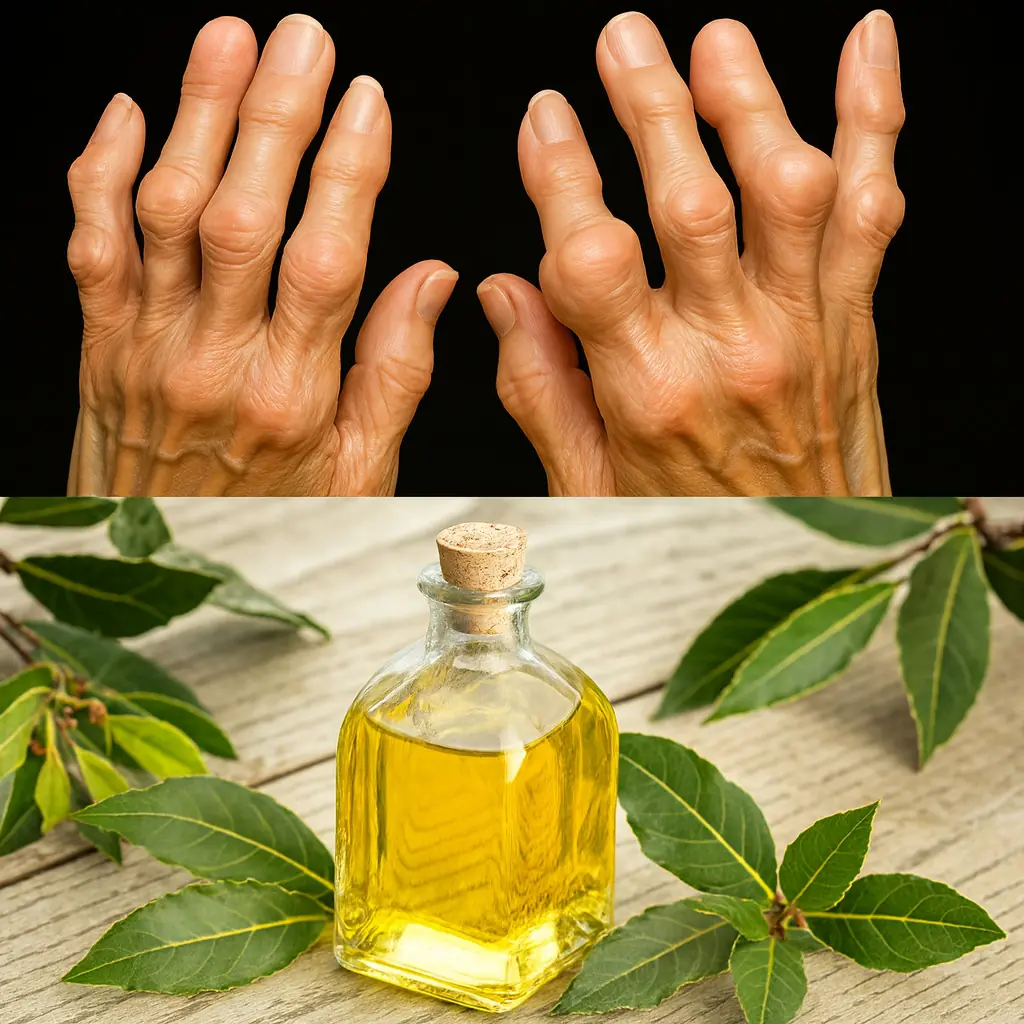
Discover the Hidden Magic of Bay Leaves: Transform Your Joint Health in Just One Week!
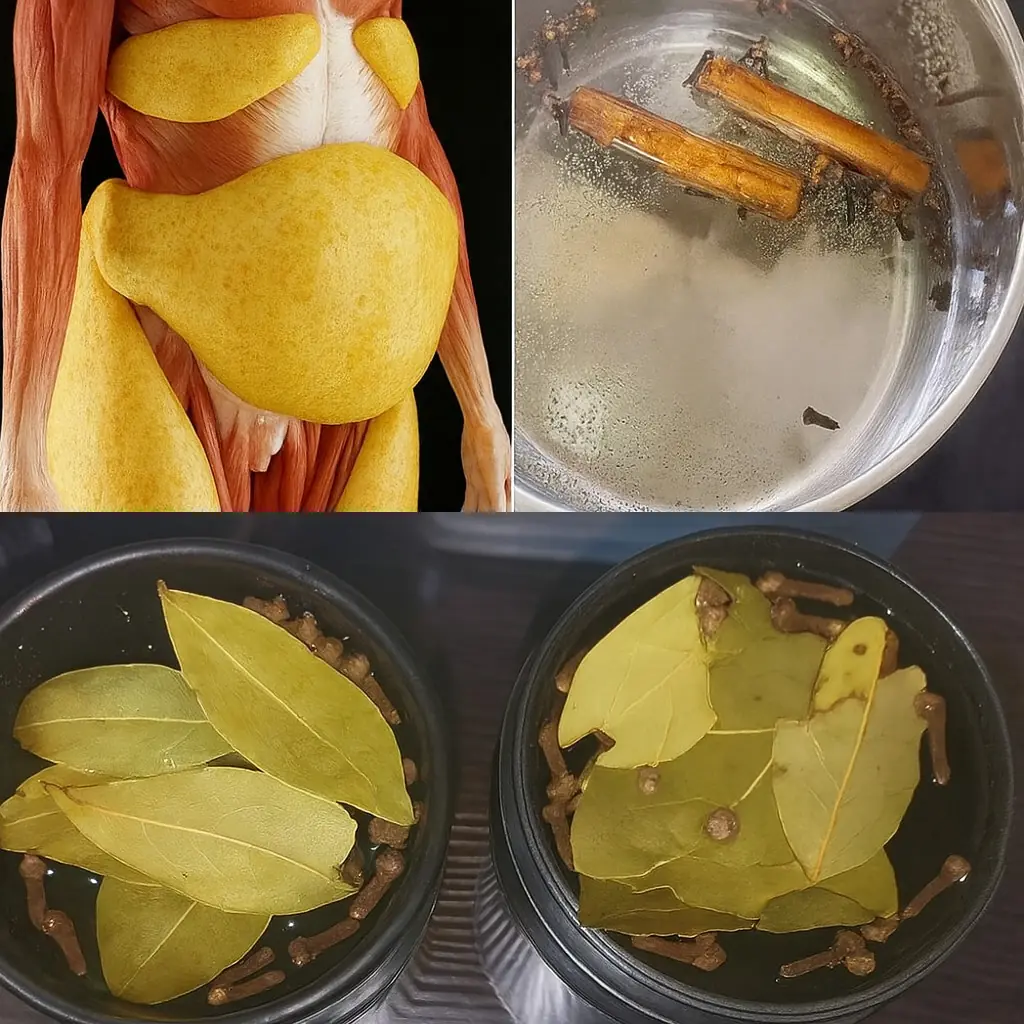
Unlock the Magic of Cinnamon Tea: Your Daily Ritual for Calm and Wellness 🌿

Discover the Secret Superfood: 7 Astonishing Health Benefits of Banana Blossoms You Can’t Ignore
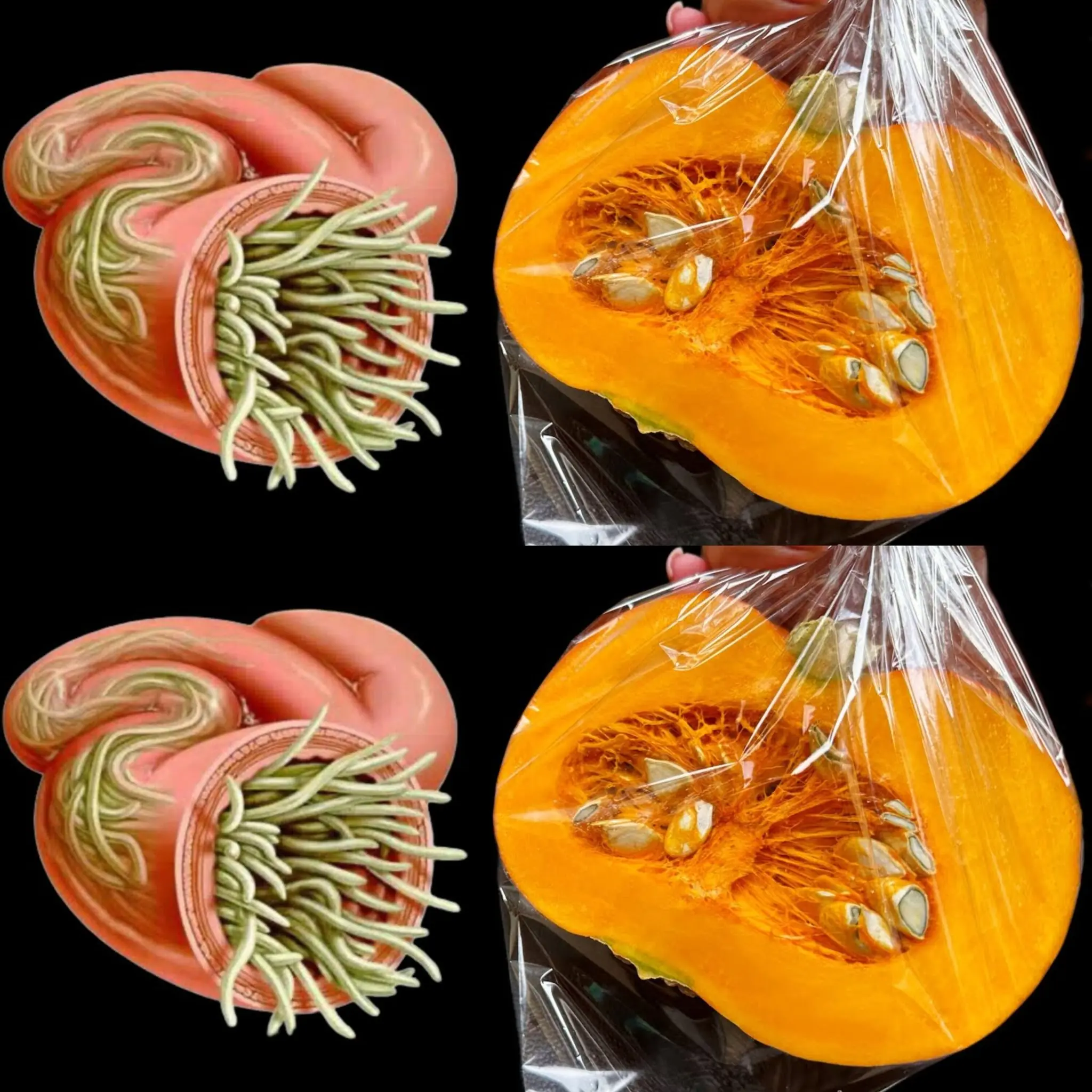
How My Grandmother Drove Out Parasites and Worms Naturally
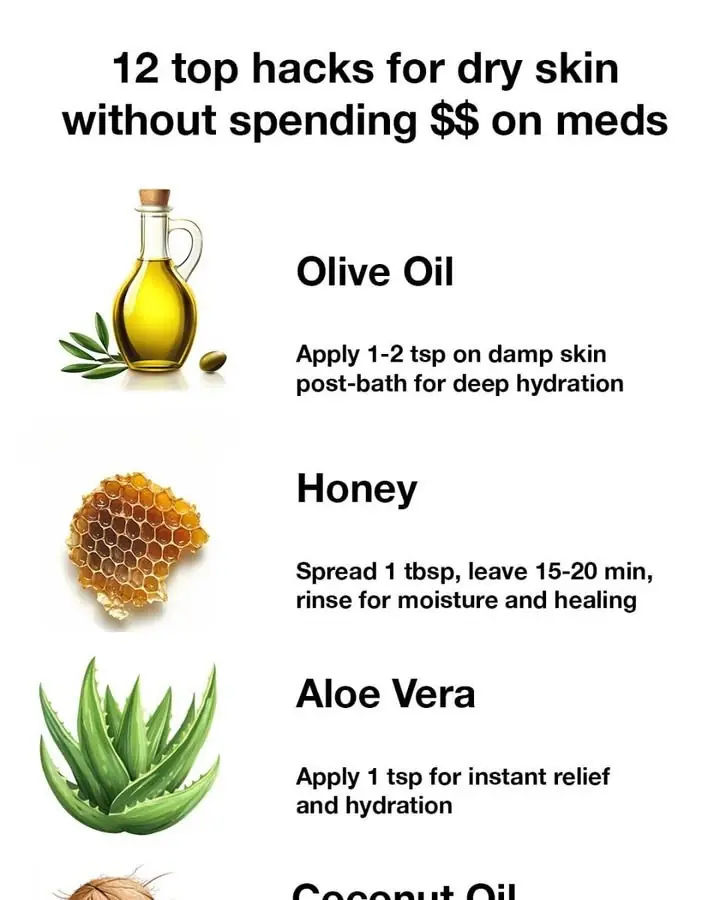
12 Top Hacks for Dry Skin Without Spending Money on Medications

The Powerful Combination: Bitter Kola + Garlic + Ginger + Honey

The Surprising Power of Lemon and Charcoal: Your Wellness Game-Changer

Restore Your Vision Naturally: A Simple Ginger and Lemon Recipe

What Really Happens When You Eat One Clove of Garlic a Day for 7 Days

Mix Coffee, Garlic, and Honey and You’ll Be Thankful

Goodbye Swelling! 8 Collagen-Rich Vegetables You Must Eat for Stronger Legs and Joints
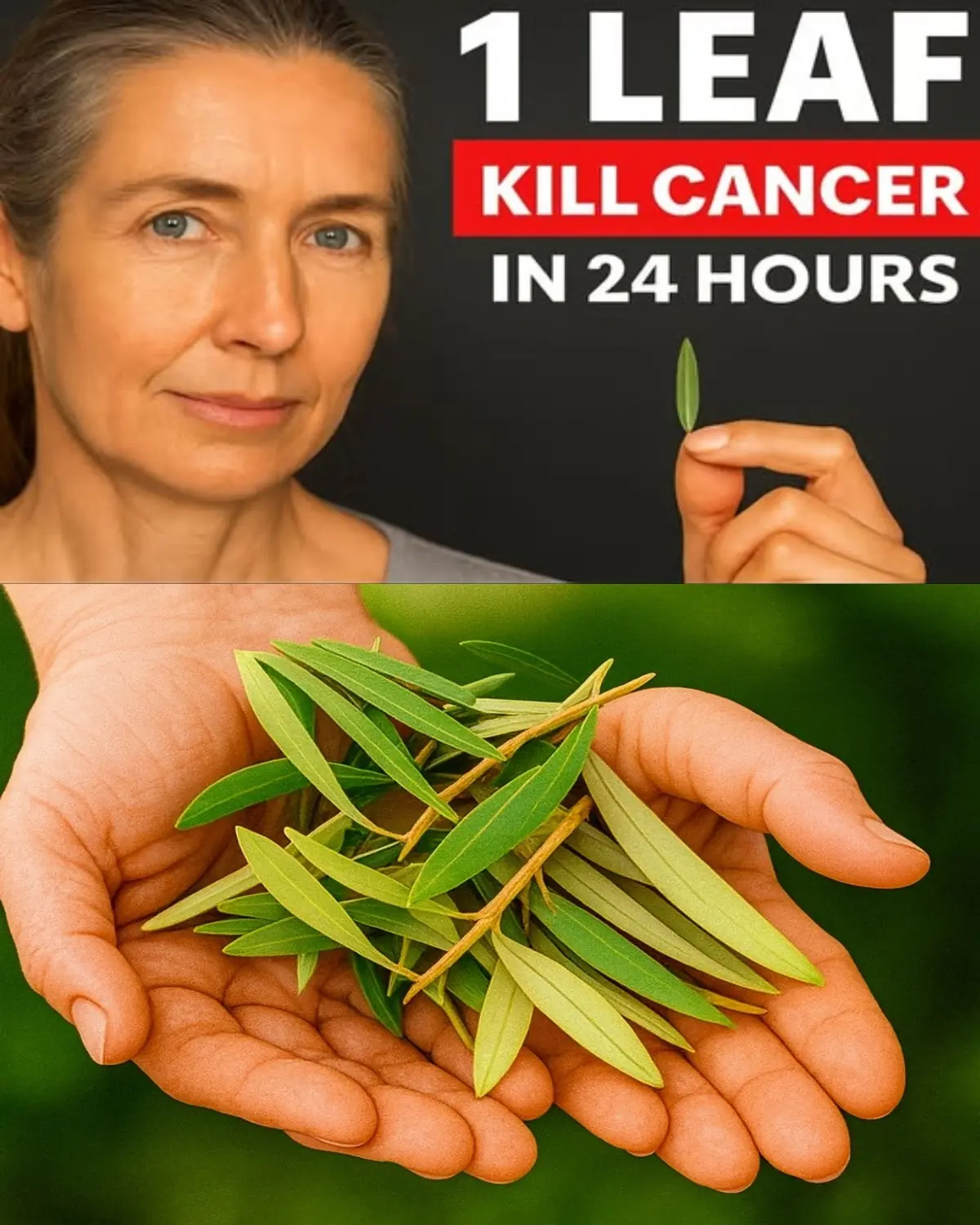
The Cancer-Defying Leaf Doctors Rarely Talk About: Barbara O’Neill’s Secret Discovery

How to Make Guava Leaf Tea + 14 Benefits of Drinking It Daily

Japan's Oldest Doctor: Drinking Water Isn’t Enough After 60—Add THIS to Stay Muscular and Hydrated

8 Things Your Nails Are Warning You About Your Health

Homemade Aloe Vera and Rosemary Shampoo: A Natural Solution for Hair Growth, Hydration, and Strength
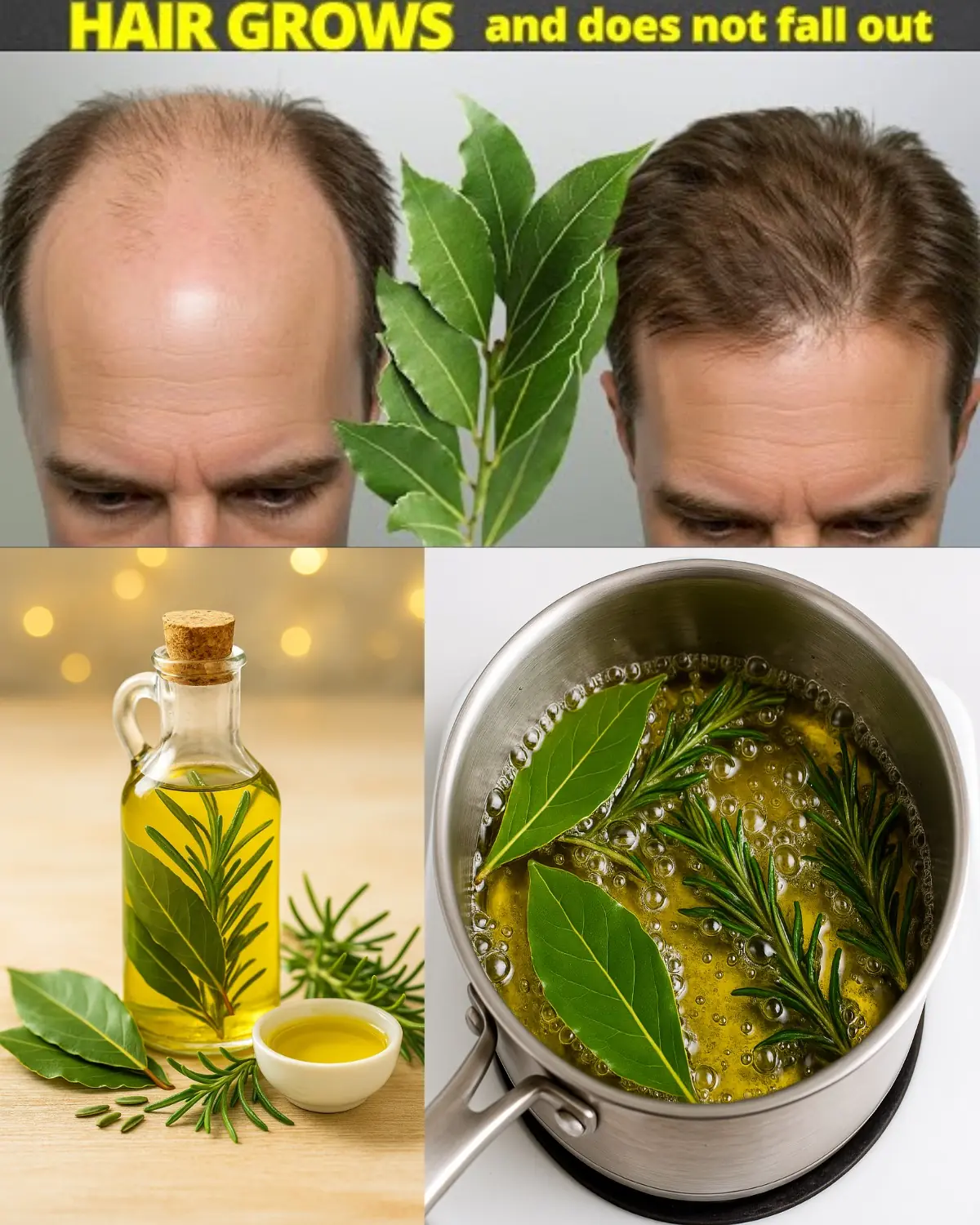
Shocked by the Results: My Bald Spot is Growing Hair Like Crazy and Not Falling Out!
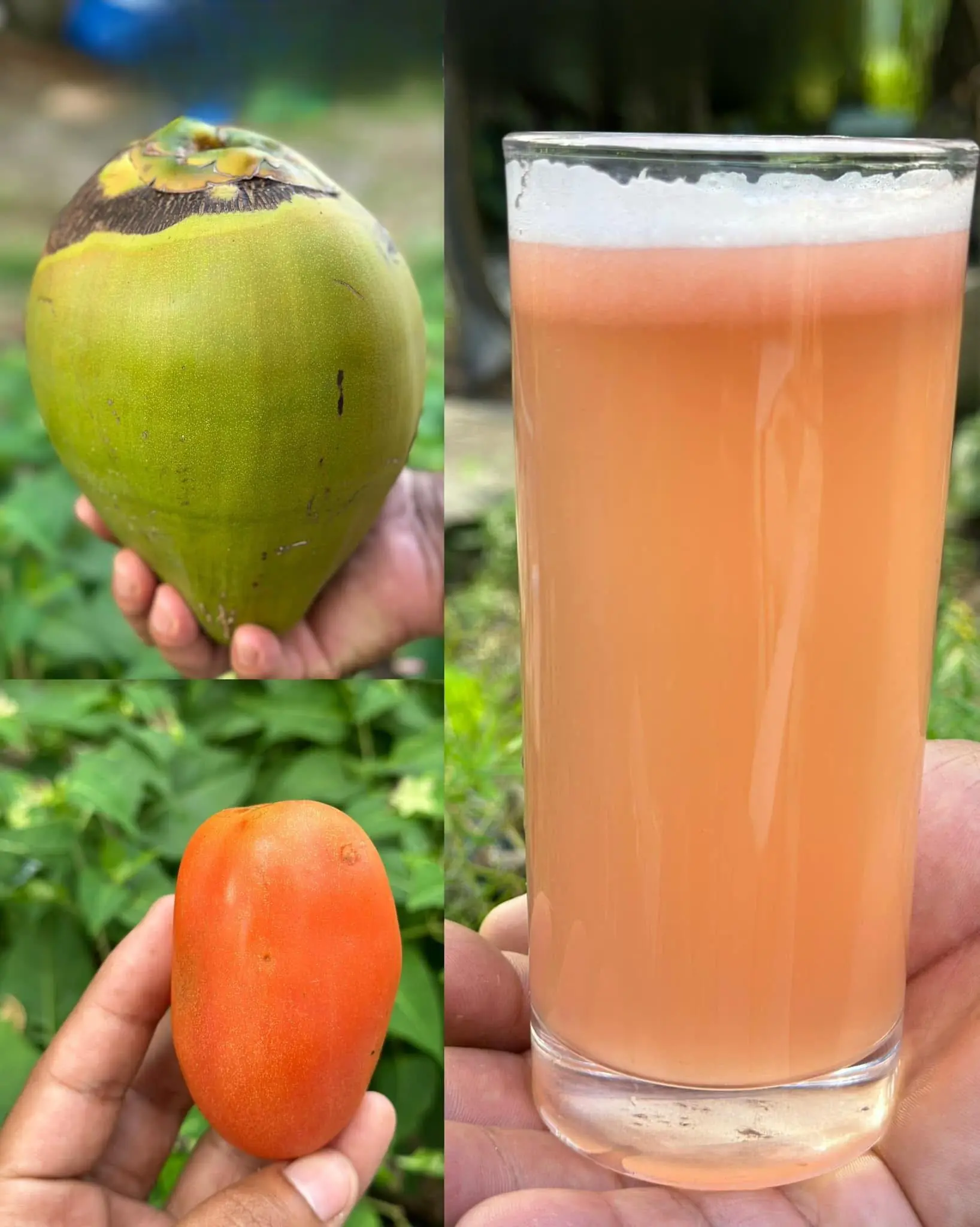
Natural Remedy for Kidney and Prostate Health
News Post

Street Rescue Transforms Abandoned Dog Polly into a Vibrant, Happy Companion
Pet Lover 28/08/2025 02:24

From Fear to Joy: The Amazing Transformation of Vito the Miracle Dog
Pet Lover 28/08/2025 01:53

Woman’s heartache after tragic car crash kills husband and children
Hot News 28/08/2025 01:44

8 Clear Signs He Knows He Hurt You
Fun Fact 28/08/2025 01:36

Unlock the Hidden Power of Bananas: 5 Hair Mask Secrets for Jaw-Dropping Shine
Healthy 28/08/2025 00:04

Discover the Hidden Magic of Bay Leaves: Transform Your Joint Health in Just One Week!
Healthy 27/08/2025 23:59

Unlock the Magic of Cinnamon Tea: Your Daily Ritual for Calm and Wellness 🌿
Healthy 27/08/2025 23:47

Discover the Secret Superfood: 7 Astonishing Health Benefits of Banana Blossoms You Can’t Ignore
Healthy 27/08/2025 23:44

🦶 Swollen Feet: A Sign You Shouldn’t Ignore — What Your Body Might Be Telling You
Health News 27/08/2025 23:40

After 17 Minutes of Clinical Death, Woman Wakes Up and Says: “The Afterlife” Is Not What People Describe
Stories 27/08/2025 23:25

🚩 19 Possible Signs of Cancer: When to See a Doctor
Health News 27/08/2025 23:04

Apparently, Our Dogs Cry When We Come Home, Study Suggests
Pet Lover 27/08/2025 22:26

How My Grandmother Drove Out Parasites and Worms Naturally
Healthy 27/08/2025 17:33

Drink Carrot and Beetroot Juice for Surprising Benefits
Smoothie 27/08/2025 17:29

12 Top Hacks for Dry Skin Without Spending Money on Medications
Healthy 27/08/2025 17:12

The Powerful Combination: Bitter Kola + Garlic + Ginger + Honey
Healthy 27/08/2025 17:10

Greek Chicken Gyros with Cucumber Tzatziki
Food 27/08/2025 16:55

20 Top Lemon Remedies for Health and Wellness
Smoothie 27/08/2025 16:15

The Surprising Power of Lemon and Charcoal: Your Wellness Game-Changer
Healthy 27/08/2025 15:09